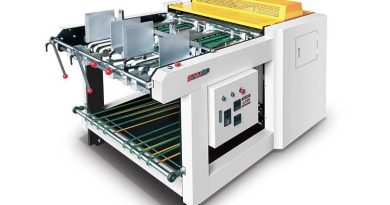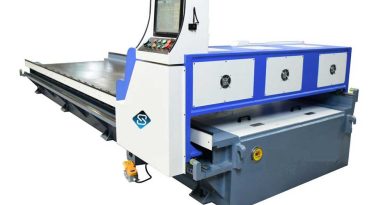The Integral Role of Grooving Machines in Modern Manufacturing and Construction
In the realm of modern manufacturing and construction, the demand for precision, efficiency, and versatility has never been higher. Amidst the myriad of tools and machines designed to meet these demands, grooving machines stand out for their specific capability to cut precise grooves into a variety of materials. This article explores the function, significance, and applications of grooving machines, shedding light on their essential role in today’s industrial landscape.
Understanding Grooving Machines
Grooving machines are specialized tools engineered to create grooves – long, narrow cuts or indentations – on the surface of different materials. These machines employ cutting tools or discs to carve out grooves with exact depth, width, and spacing, tailored to the specifications of a project. Grooving is a crucial process in many applications, enabling parts to fit together accurately for assembly, enhancing the surface properties of materials, or preparing components for further processing.
Types of Grooving Machines
Grooving machines come in various designs and capacities, each suited to particular materials and applications:
- Metal Grooving Machines: Used predominantly in the metalworking industry, these machines prepare metal parts and components for welding, fitting, or finishing.
- Wood Grooving Machines: Essential in carpentry and woodworking, they cut grooves in wood for joinery, paneling, or decorative effects.
- Concrete Grooving Machines: Employed in construction to cut grooves in concrete surfaces, improving traction and preventing slip-related accidents.
- Plastic and Composite Grooving Machines: Designed for the plastic manufacturing sector, these machines precision-cut grooves in plastic or composite materials for a range of applications.
Applications and Benefits
The versatility of grooving machines enables their use across various sectors, demonstrating the broad spectrum of their applicability:
- Manufacturing: In the manufacturing sector, grooving machines are indispensable for ensuring the precision assembly of parts, particularly in automotive, aerospace, and machinery manufacturing.
- Construction: Grooving in concrete floors or pavements enhances safety by preventing slips, a critical concern in public and industrial spaces.
- Woodworking: The aesthetic appeal of wooden furniture and structures is often enhanced by detailed grooving, which adds texture and depth to the material.
- Safety and Maintenance: Grooving plays a vital role in the maintenance and safety of infrastructure, such as airports, bridges, and highways, where precise grooves can dictate water flow or improve surface grip.
Technological Advancements
The evolution of grooving machines is marked by significant technological advancements. Modern grooving machines are often equipped with CNC technology, allowing for automated, precise, and repeatable cuts. The integration of digital controls and programming capabilities has expanded the potential for complex and intricate grooving patterns, pushing the boundaries of design and functionality.
Conclusion
Grooving machines, with their specialized functionality, have become an indispensable part of the industrial toolkit. By enabling precise, efficient, and versatile grooving operations, these machines play a crucial role in enhancing the quality and performance of products across manufacturing, construction, and woodworking industries. As technology continues to advance, the capabilities and applications of grooving machines are set to expand, further solidifying their importance in modern industrial processes.



